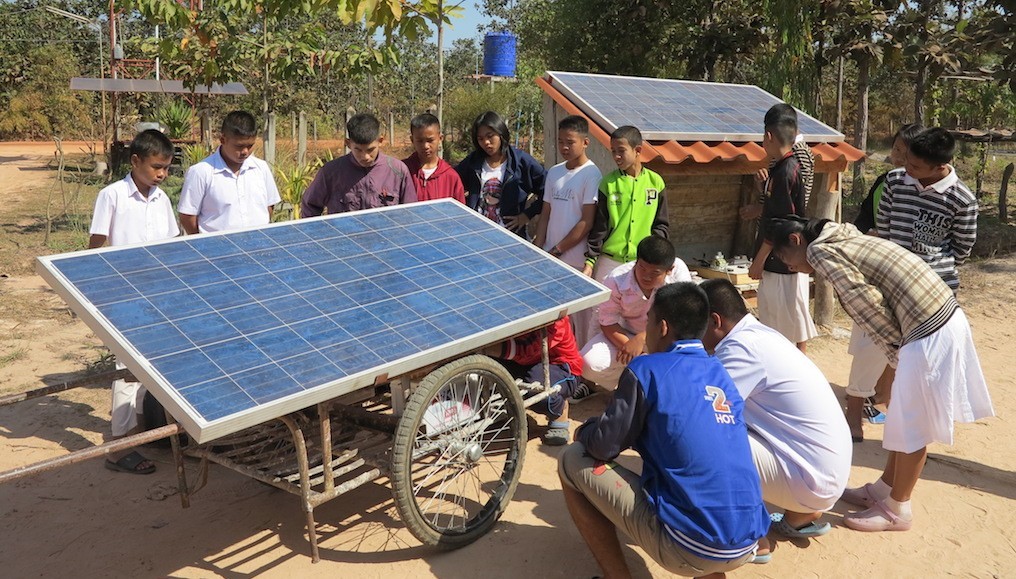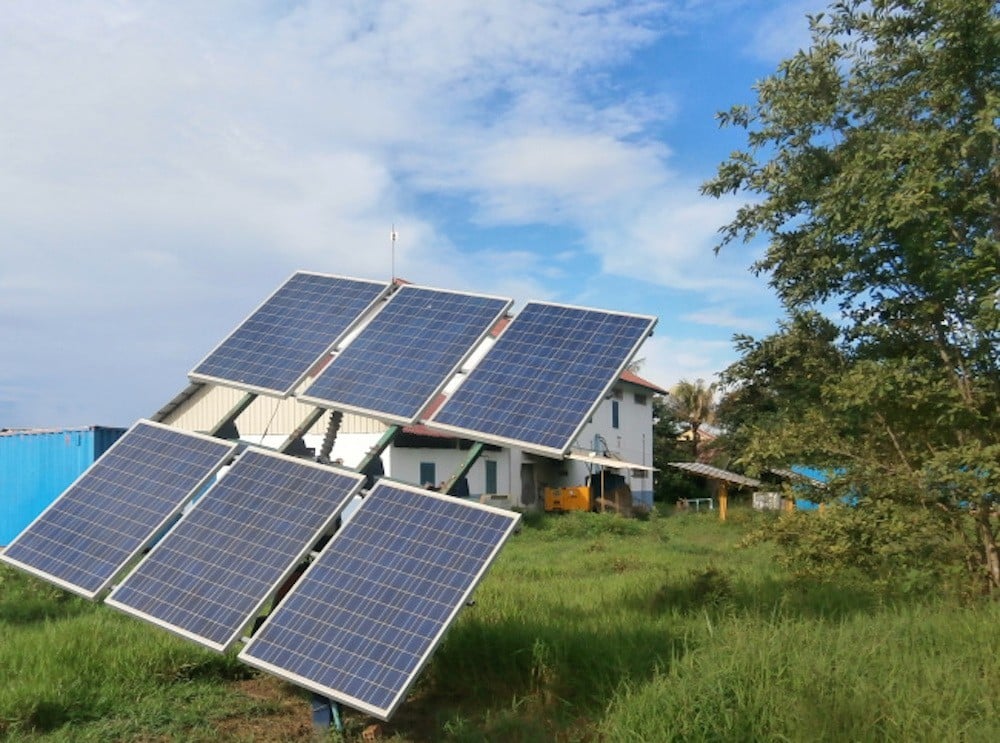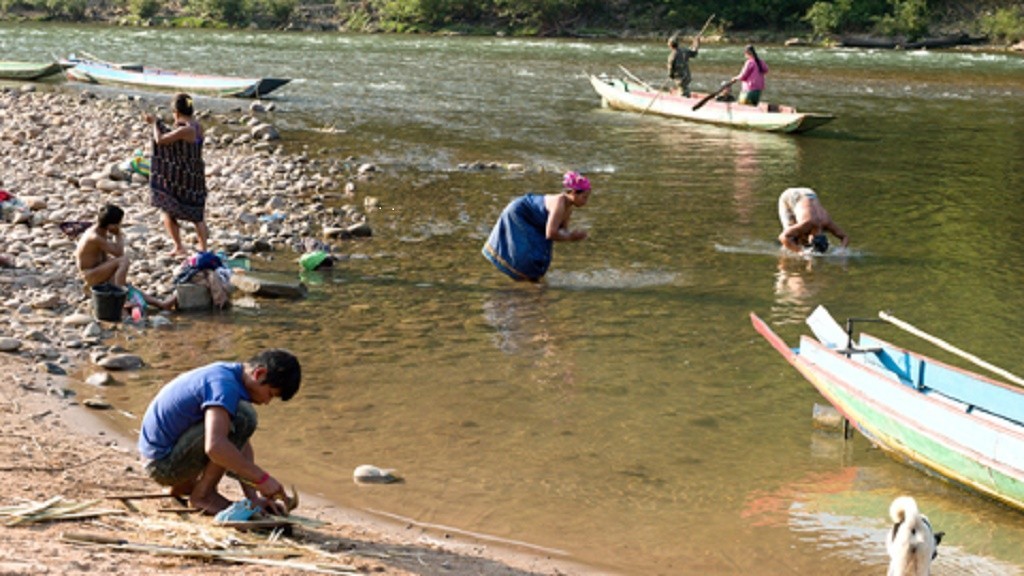The government should invest more in sustainable energy, with a focus on solar power, experts told a conference on energy security yesterday, adding that this could reduce Cambodia’s dependence on large-scale hydropower projects and coal-fired plants.
John McGinley, managing director of the Mekong Strategic Partners, told the conference at the Himawari that although solar power would not entirely replace existing energy sources, greater use of solar energy would reduce emissions of carbon dioxide. Mr. McGinley added that the installation cost of solar power is affordable compared to large hydropower and coal-fired generators.
Cambodia’s electricity is mainly derived from hydropower, coal plants, and imported energy from Thailand and Vietnam. According to the Ministry of Mines and Energy, the country’s six hydropower dams generate about 60 percent of total electricity.





